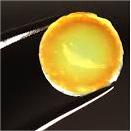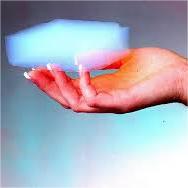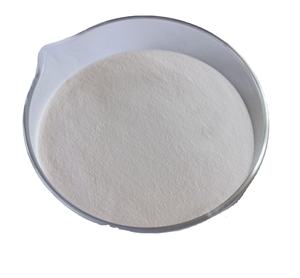Professional industry ceramic supplier, silicon nitride, silicon carbide, aluminum nitride and any other kinds of ceramics.
1. Introduction
Just 24 hours ago, leading semiconductor manufacturer Wolfspeed announced a major expansion of its silicon carbide (SiC) wafer production facility in North Carolina, citing surging demand from electric vehicle (EV) makers and renewable energy systems. At the heart of this manufacturing leap lies a seemingly humble but technologically vital component: the silicon carbide crucible. Unlike everyday ceramic cookware or decorative dinner plates, these crucibles operate in ultra-high-temperature, chemically aggressive environments where failure is not an option.
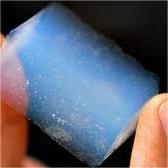
While you might find ‘silicon carbide ceramic baking dish’ or ‘silicon carbide ceramic dinner plates’ trending in kitchenware circles, the real engineering marvels are found in advanced industrial settings—especially in the controlled growth of single-crystal silicon and silicon carbide ingots for semiconductors.
2. The Demanding World of Crystal Growth
Producing high-purity semiconductor crystals requires melting raw materials at temperatures exceeding 1,600°C—and sometimes nearing 2,500°C for SiC itself. During this process, the crucible must resist thermal shock, maintain structural integrity, and avoid contaminating the melt with impurities. Traditional alumina (Al2O3) or zirconia crucibles often degrade under these conditions, introducing oxygen or metallic ions that ruin crystal quality.
Enter the silicon carbide crucible. Made from sintered or reaction-bonded silicon carbide (RBSiC), it offers exceptional thermal conductivity, low thermal expansion, and outstanding chemical inertness—even when exposed to molten silicon or aggressive dopants like boron or phosphorus.
3. Why Silicon Carbide Outperforms Alternatives
When comparing ‘boron carbide vs silicon carbide’, engineers consistently favor SiC for crucible applications due to its superior oxidation resistance and manufacturability. Boron carbide (B4C) is harder but oxidizes rapidly above 800°C in air, making it unsuitable for open-atmosphere crystal growth furnaces.
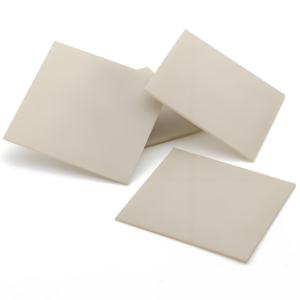
Similarly, while ‘zirconia crucibles’ excel in some lab settings, they suffer from phase instability and can react with silicon melts. ‘Alumina tubes’ and ‘alumina ceramic’ components also fall short in prolonged high-temperature exposure, often cracking or leaching aluminum into the melt.
In contrast, a well-engineered silicon carbide crucible maintains dimensional stability and purity over hundreds of thermal cycles—critical for cost-effective, high-yield semiconductor production.
4. Beyond the Crucible: Supporting Components in High-Temp Systems
The use of silicon carbide doesn’t stop at the crucible. Advanced crystal pullers and directional solidification systems integrate a suite of SiC-based parts:
- silicon carbide ceramic columns for structural support
- silicon carbide ring insulators for precise thermal zoning
- silicon carbide burner nozzles for controlled heating
- silicon carbide brick linings for furnace walls
- silicon carbide thermocouple protection tubes for accurate temperature monitoring
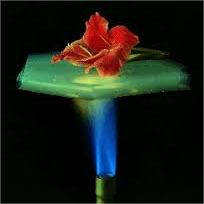
These components work in concert to create a contamination-free, thermally uniform environment—something even advanced alternatives like ‘silicon nitride ceramic’ struggle to match at scale. While ‘silicon nitride crucible factory’ output is growing for specialized applications, Si3N4 generally lacks the thermal conductivity needed for large-diameter crystal growth.
5. The Kitchenware Confusion—and Why It Matters
A quick online search reveals thousands of listings for ‘silicon carbide ceramic baking dish’, ‘silicon carbide ceramic dinnerware’, and even ‘silicon carbide ceramic butter dish’. However, these consumer products rarely contain true structural silicon carbide. Most are glazed stoneware or porcelain marketed with misleading terminology to evoke durability.
True silicon carbide ceramics—like those used in ‘rbsic silicon carbide tile block’ or ‘silicon carbide ceramic tiles’ for armor or kiln furniture—are engineered through high-temperature sintering and are fundamentally different from tableware. Confusing the two risks undervaluing the material’s real industrial significance.
6. Future Outlook and Market Shifts
With the global push toward EVs, 5G infrastructure, and grid-scale inverters, demand for SiC-based power devices is skyrocketing. This, in turn, drives innovation in crucible design—such as coated silicon carbide crucibles that further suppress carbon diffusion into the melt.
Meanwhile, research continues into hybrid systems using ‘silicon nitride plate’ heat shields or ‘custom silicon nitride heat shield’ elements alongside SiC crucibles to fine-tune thermal profiles. Yet for now, and the foreseeable future, the silicon carbide crucible remains irreplaceable in high-fidelity crystal growth.
7. Conclusion
From enabling the chips in your smartphone to powering next-gen electric vehicles, the silicon carbide crucible plays a quiet but pivotal role in modern technology. Its unmatched performance in extreme environments makes it a cornerstone of advanced ceramics manufacturing—far removed from the realm of ‘silicon carbide ceramic salad bowl’ marketing hype. As semiconductor fabs expand worldwide, expect this unassuming vessel to remain at the heart of the clean energy revolution.
Our Website founded on October 17, 2012, is a high-tech enterprise committed to the research and development, production, processing, sales and technical services of ceramic relative materials such as Why. Our products includes but not limited to Boron Carbide Ceramic Products, Boron Nitride Ceramic Products, Silicon Carbide Ceramic Products, Silicon Nitride Ceramic Products, Zirconium Dioxide Ceramic Products, etc. If you are interested, please feel free to contact us.


